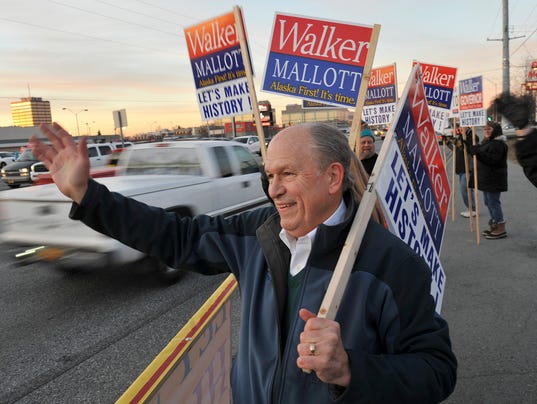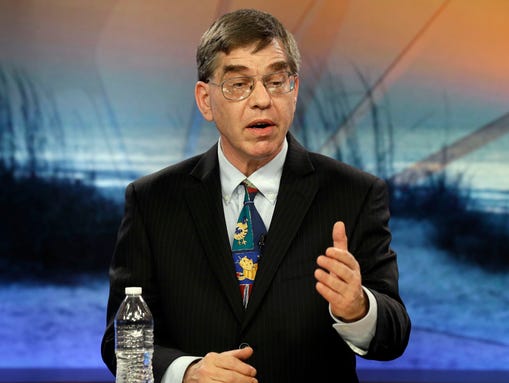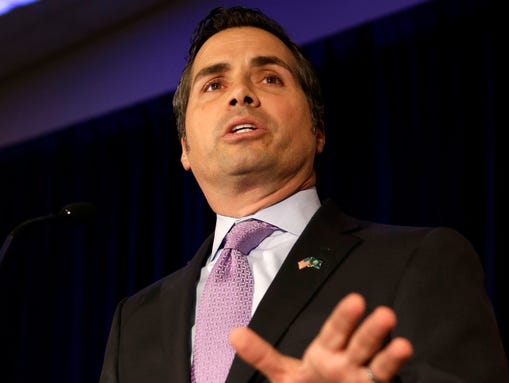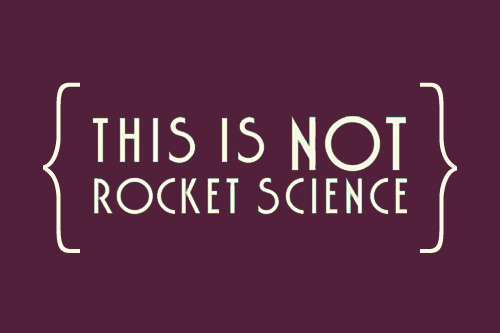By most accounts, Americans are tired of the Democratic and Republican parties, and yet: At the ballot box on Nov. 4, Americans cast fewer votes for independent or third-party candidates for senator and governor than in any other midterm election since 1998.
In senatorial and gubernatorial races this year, just over 4% of votes cast went to independent or third-party candidates, down from 5.5% in 2010, 4.6% in 2006 and 4.9% in 2002, according to data compiled by the website Dave Leip's Atlas of U.S. Presidential Elections. Overall, 4.3 million ballots were cast for "off-brand" Senate and governor candidates this year, compared with 7.6 million in 2010.
 |
| The big winner for independent candidates in 2014: Bill Walker, who was elected governor of Alaska. (Photo: Michael Dinneen, AP) |
This even as the center-left think tank Third Way reported in October that between 2008 and 2014, the number of people registering to vote as independents far outstripped new registrants in the Democratic and Republican parties in 10 crucial states. And Gallup polls consistently show more people holding an unfavorable than favorable view of both major parties.
So how is it that with all this dissatisfaction with the two major parties, candidates representing an alternative draw fewer votes than they did four or eight years ago?
 |
| North Carolina Libertarian Senate candidate Sean Haugh |
Part of it is that states are changing election law to discourage votes for third parties. Richard Winger, editor of Ballot Access News, noted that California changed to a "top-two" primary system wherein only the top two vote-getters in the primaries appear on the Election Day ballot, regardless of their party affiliation. As a result, he notes, in the 2010 gubernatorial race there, 540,000 people cast their votes for independent or third-party candidates. In 2014, "that number was zero."
Washington also now allows for only two candidates on the ballot. Those two states alone made up 12% of the electorate on Nov. 4, Winger said. It is hard to know whether people would actually vote for an independent or third-party candidate, Winger said, because "22% of the voters in 2014 didn't find any such candidate on their ballots."
 |
| Kansas independent Senate candidate Greg Orman |
Comparing voting results across election cycles may not tell you much either, because one or two big-name candidates generate such a large portion of the independent or third-party vote, said Michael McDonald, a political science professor at the University of Florida.
For example, in 2010, Florida's former Republican governor Charlie Crist ran for Senate as an independent and lost — but collected 1.6 million votes in the process. Meanwhile, in Alaska this year, independent candidate Bill Walker took 48% of the vote and was elected governor. But in the tiny electorate of Alaska, that's only 134,000 votes.Read the rest of the story HERE.
It's really Quite simple:
In order to RID Washington of Democratic Control of the Senate, MOST OF US held our nose and voted GOP.
WHY? Because if we had voted 3rd Party instead of GOP, The Democrats would have stayed in control.
REALITY CHECK: Most of us would rather vote for someone we agree with 60-70% (THAT CAN WIN) when THE ALTERNATIVE IS agreeing with someone 0% of the time.
If you like what you see, please "Like" us on Facebook either here or here. Please follow us on Twitter here.



No comments:
Post a Comment